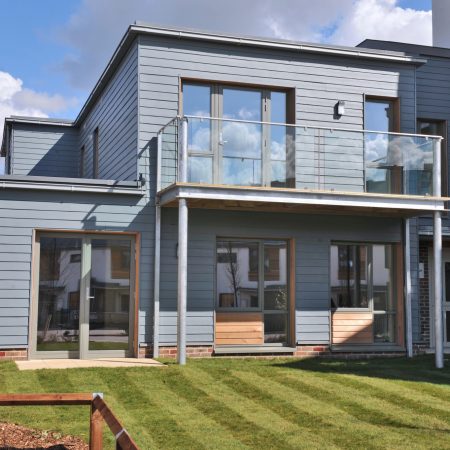Is This a New Age For House Building?
Significant innovations are happening in the world of house building. After decades of building homes in essentially the same way we’re seeing the dawn of new thinking and new methods. The biggest changes are happening in social housing but these will inevitably have an increasing impact on the private sector as the benefits become clearer.
Change is being driven by three main factors: speed, quality and sustainability.
Speed
The target is to build over a quarter of a million new homes each year. This is a faster rate than the UK has achieved since the 1960s. At the same time there’s a growing construction skills gap, which means that throwing more people at the problem isn’t a viable option. New methods based around non-traditional and more transferable skills are essential.
To increase the rate of output we need more standardisation and repeatable industrialised processes. These are things that Modern Methods of Construction do well.
Quality
With repeatability and precise process control you get a better quality output. Offsite methods offer an unbroken connection between digital design and digitally-controlled manufacturing. All of the design interpretations, late technical changes and variability of a manual construction process are eliminated by moving the most important operations into a manufacturing environment.
Tolerances are tighter. And the fit of walls, doors and windows is better and reliable. Snagging lists are shrinking along with in-service maintenance needs.
Sustainability
The quest for net carbon zero housing starts with what we are creating today. We know that MMC can deliver highly energy efficient homes without a significant additional cost. As capacity increases costs will fall even further.
Adopting modern methods closes the gap between design levels of performance and the real world. Thermal performance engineered into the building structure in a factory will always be more reliable than the traditional approach of installing insulation treatments onsite.
Modern methods – particularly those with high levels of structural timber content – produce less waste and have lower levels of embodied carbon than traditional construction. Local authorities and housing associations are highly focused on sustainability, which means changing the ways that social homes are built.
Sustainability is certain to become even more significant across the board in the coming years as we strive for net carbon zero housing by 2050. This, along with speed and quality, is what drives innovation in housebuilding.
Access our resource centre to find out more

